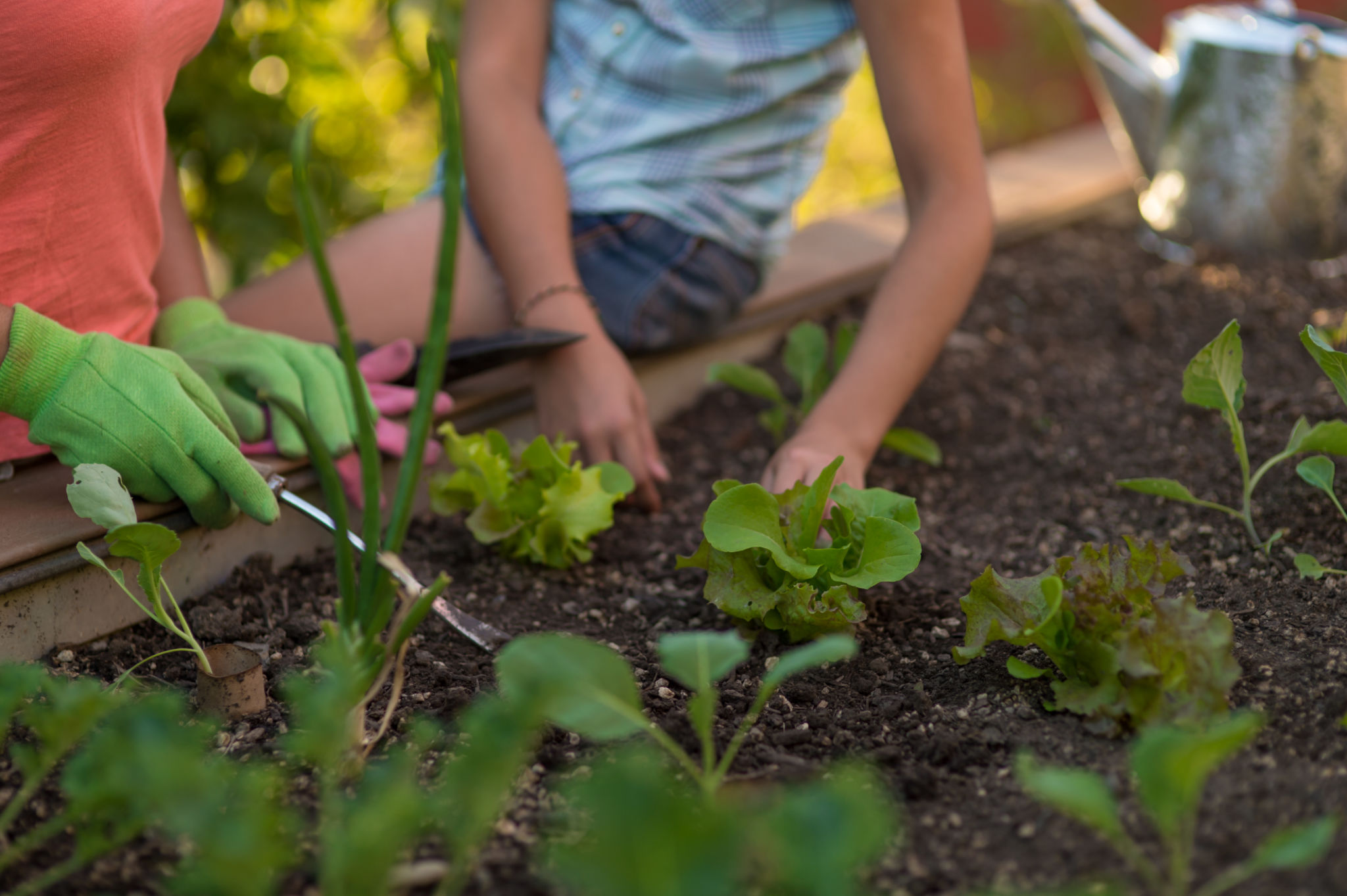Introducing The School Garden Network: Cultivating Minds and Gardens
What is the School Garden Network?
The School Garden Network is a pioneering initiative aimed at fostering a connection between students and nature through the creation and maintenance of school gardens. This innovative program is designed to enrich the educational experience by integrating garden-based learning into the curriculum. By transforming school grounds into vibrant gardens, students gain hands-on experience in ecology, biology, and sustainability, while also developing a deeper appreciation for their environment.

The Vision Behind the Initiative
The vision of the School Garden Network is to create a community of schools that prioritize environmental education and sustainability. The network aims to inspire students to become stewards of the earth by providing them with the tools and knowledge needed to cultivate their own gardens. This initiative is not only about growing plants; it's about growing minds. By engaging with nature, students learn valuable life skills such as responsibility, teamwork, and problem-solving.
Why School Gardens Matter
School gardens are living classrooms. They teach students where their food comes from, how ecosystems work, and what it means to care for something over time. Whether it’s a raised bed of herbs or a full-scale campus farm, garden-based learning supports:
STEAM education
Nutrition and wellness
Environmental literacy
Social-emotional development
Workforce skills and leadership
At The School Garden Network, we believe that every school—regardless of size, budget, or location—should have access to a thriving garden program.

Benefits of School Gardens
School gardens offer a multitude of benefits that extend beyond the classroom. Here are some key advantages:
- Hands-On Learning: Students engage in experiential learning, which enhances their understanding of scientific concepts.
- Improved Well-being: Interaction with nature has been shown to reduce stress and improve mental health.
- Nutritional Awareness: Growing fruits and vegetables encourages healthier eating habits.
- Environmental Stewardship: Students learn about ecosystems, conservation, and sustainability.

How Schools Can Get Involved
Participating in the School Garden Network is a straightforward process. Schools interested in joining can start by assessing their available space and resources. It's important to involve teachers, students, and parents from the beginning to ensure a collaborative effort. The network provides resources such as curriculum guides, planting schedules, and expert advice to help schools establish and maintain their gardens effectively.

Ready to Grow With Us?
If your school is ready to dig in, visit our website and complete the School Garden Network Enrollment Form. It only takes a few minutes to join, and you’ll be planting seeds—literally and figuratively—that can change lives.
Join The School Garden Network
Membership & Investment
Schools can join the Network for an annual fee of $1,500, which helps cover the cost of:
Starter kits and seasonal seedlings
Training and coaching for educators
Access to exclusive video content and digital resources
Ongoing technical support and community events
We also offer opportunities for sponsorships and grant support for schools needing financial assistance. No school will be turned away because of funding.
Steps to Establish a School Garden
Here are some steps schools can take to successfully implement a garden project:
- Form a Planning Committee: Include staff, students, and parents.
- Select a Suitable Location: Choose a spot with adequate sunlight and access to water.
- Plan the Layout: Decide on the types of plants and the arrangement of garden beds.
- Secure Funding: Look for grants, donations, or community partnerships.
- Engage Students: Incorporate garden activities into the curriculum.

Success Stories and Testimonials
The impact of school gardens has been profound in many communities. Schools that have joined the network report increased student engagement, improved academic performance, and a stronger sense of community. Teachers have noted that garden-based learning ignites curiosity and fosters creativity among students. Parents appreciate the positive changes in their children's attitudes towards nature and healthy eating.
The Future of School Gardens
The School Garden Network envisions a future where every school has access to a thriving garden. By expanding the program and reaching more schools, the network hopes to cultivate a generation of environmentally conscious individuals equipped with the skills to address global challenges. As more schools join the effort, the collective impact on education and the environment will continue to grow.
In conclusion, the School Garden Network is more than just an educational program; it's a movement towards sustainability and environmental stewardship. By investing in school gardens, we are investing in the future of our planet and our children.